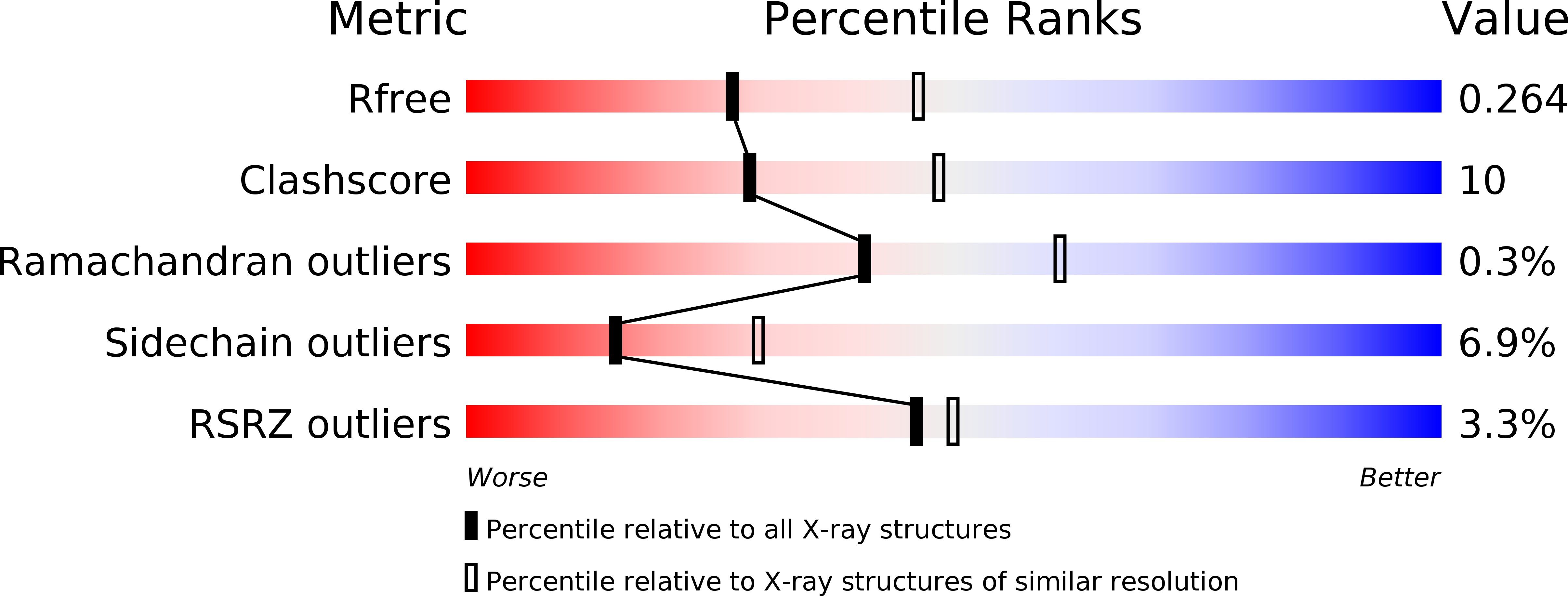
Deposition Date
2019-02-01
Release Date
2019-04-10
Last Version Date
2024-10-23
Entry Detail
PDB ID:
6JDK
Keywords:
Title:
Crystal structure of Baeyer-Villiger monooxygenase from Parvibaculum lavamentivorans
Biological Source:
Source Organism:
Host Organism:
Method Details:
Experimental Method:
Resolution:
2.50 Å
R-Value Free:
0.26
R-Value Work:
0.20
R-Value Observed:
0.21
Space Group:
P 1 21 1


